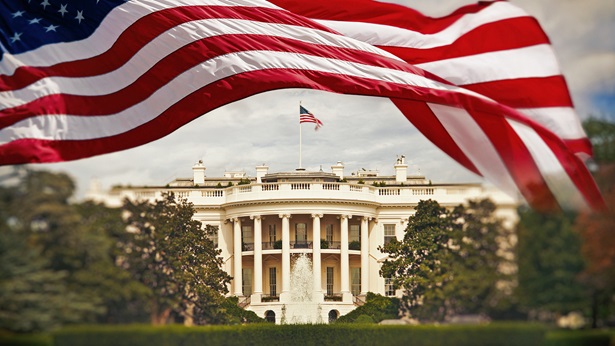NAHB Actions on Lumber and the Supply Chain
With lumber prices experiencing extreme price volatility, NAHB has relentlessly been working on all fronts to ensure the need for a lasting and stable supply of lumber and other building materials for the home building industry at a competitive price is heard.
NAHB’s tireless focus on lumber tariffs recently paid dividends when the Commerce Department announced on Jan. 31, 2022, that it will cut tariffs by more than 35% on shipments of Canadian lumber into the U.S.
When tariffs doubled last November, the Wall Street Journal and Washington Post reached out to NAHB on how this would impact housing affordability. Both outlets used our material to run scathing editorials opposing the tariff hike. This helped to lay the groundwork for the recently announced tariff reductions.
Policy Front
Since lumber prices began their second surge in late summer 2021, NAHB has been actively engaged with the White House, Commerce Secretary Raimondo and members of Congress to call for the following actions:
- Seek immediate remedies to the lumber and building materials supply chain bottlenecks that will increase production and lower production costs. This includes calling for sawmills to boost output.
- Increase the domestic supply of timber from public lands in an environmentally responsible manner
- Negotiate a new softwood lumber agreement with Canada that will eliminate tariffs.
At the behest of NAHB, 84 members of Congress sent a joint letter to Commerce Secretary Gina Raimondo in late December expressing strong concern that higher lumber tariffs will raise housing costs and the urgent need for the U.S. to resume talks with Canada to negotiate a new softwood lumber trade agreement.
After consulting with NAHB and Oklahoma home builders, Rep. Kevin Hern gave a five-minute speech on the Housing floor on Jan. 19 calling for immediate action to reduce lumber prices and tariffs to protect housing affordability.
And in an effort spearheaded by NAHB, the Biden administration last summer held its first Housing Supply Chain Summit to investigate issues affecting lumber and building materials shortages and price increases.
NAHB Communications and Economics
Continuing its campaign that began in 2020, NAHB has dominated the news cycle on lumber prices. Most recently, we have delivered our message that the rising lumber prices since late summer have added more than $18,600 to the price of a new home and that policymakers must act now to fight these affordability headwinds. Here are just a few highlights:
- NAHB secured the placement of an op-ed by Chairman Chuck Fowke in the Seattle Times detailing the struggles with lumber and the need to end the tariffs.
- NAHB CEO Jerry Howard appeared on Fox Business shows Varney & Co. and Cavuto Coast-to-Coast to discuss lumber prices, building material supply chain issues and overall housing affordability concerns. And NAHB Chief Economist Robert Dietz was interviewed by NPR on these same topics.
- NAHB’s economics group has been quoted in numerous articles on their lumber data — including how rising lumber prices have added more than $18,600 to the price of a new home — in the Washington Post, MarketWatch, Business Insider, Barron’s and Bloomberg.
- Since December 2021, NAHB has been mentioned in over 1,000 news stories on these topics. Going back to August 2020, when we first started tracking these numbers, we have received the equivalent of $92.5 million in national publicity through earned (free) media coverage with more than 18,200 lumber and supply chain stories featured in national and local news.
- And we continue to engage with top economic policymakers. NAHB’s Economics team has held several meetings with their counterparts at the Commerce Department to make lumber and building material supply chain issues front and center to the administration. We specifically cited the need for lumber mills to increase output to meet demand.
Fight Continues Until the Job is Done
This unprecedented lumber price volatility began in 2020 during the Trump administration and continues today. The reasons are numerous — plywood and OSB production are not keeping up with increased home building; ongoing production bottlenecks are limiting output; and massive wildfires in the western U.S. and British Columbia that limited mill production.
Our efforts on this front are showing results. In addition to our win on tariffs, lumber prices and futures prices are beginning to trend downward.
It will not be a quick process and much more remains to be done. We will continue to work tirelessly to keep pressure on policymakers and industry stakeholders to ease production bottlenecks, increase output and protect housing affordability.



